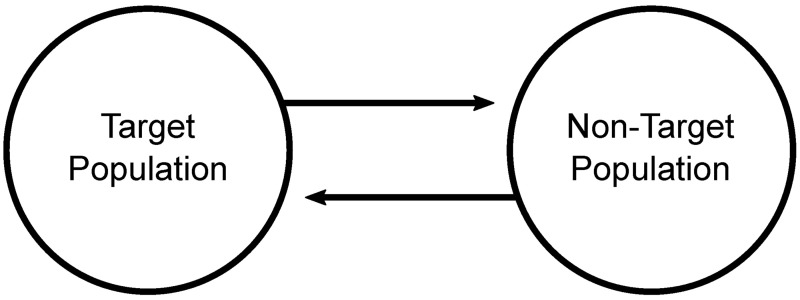Fig 2. After [36], a schematic representation of the two-deme model.
Here a separate population dynamics model is considered for each of the target population and non-target population. These are then linked by two-way migration. This is modelled as a continuous transfer of individuals between the two demes at a rate ψ which is expressed per day. Simply, each of the two demes continuously swap a fraction of their population with the other, thus the total amount of migration will depend on the size of each population. Whilst the rates of migration per day considered within this study may appear very low, they actually add up to quite high fractions of the overall populations being exchanged in each generation (comparable to values used in other studies [16, 36, 37]).

